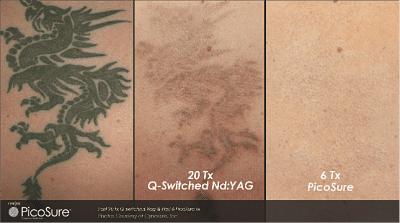Patients who underwent complex reconstruction following Mohs micrographic surgery were more satisfied with their appearance and scars in the long-term, according to a presentation.
“Defects on the nose, notably the lower nose, have less skin laxity, therefore when closing primarily this could easily distort the shape of the nose,” Abdullah Aleisa, MD, a micrographic surgery and dermatologic oncology fellow at Memorial Sloan Kettering Cancer Center, said during the presentation at the American Society for Dermatologic Surgery virtual meeting.
“Whenever we reconstruct any skin defect, we usually follow the reconstructive ladder starting with a more primary reconstruction and ending with more complex reconstruction such as flap and graft.”
With 25% to 30% of skin cancers occurring on the nose, researchers aimed to identify the impact of surgery on such a sensitive area.
Collaborative Study
The collaborative study between Memorial Sloan Kettering Cancer Center and Catharina Hospital Eindhoven in the Netherlands enrolled 128 patients who were aged older than 18 years with nasal non-melanoma skin cancer. Subjects completed the FACE-Q Skin Cancer Satisfaction with Facial Appearance scale both preoperatively and 1 year post-surgery, as well as the FACE-Q Skin Cancer Appraisal of Scars scale 1 year postoperatively.
Primary closures were used in 35 (27.3%) of patients, flaps in 71 (55.5%) and full-thickness skin grafts in 22 (17.2%).
Higher scar satisfaction scores were recorded by those who received a flap for full-thickness skin graft, compared to those who had only the primary closure (P = 0.03).
“Patients were more satisfied over the long-term with their scars after complex reconstructions compared to primary closures,” Aleisa says. “Nasal skin defects may not follow the traditional reconstructive ladder and initial consideration of complex reconstruction may lead to higher long-term scar satisfaction.”
[Source: Healio Dermatology]




